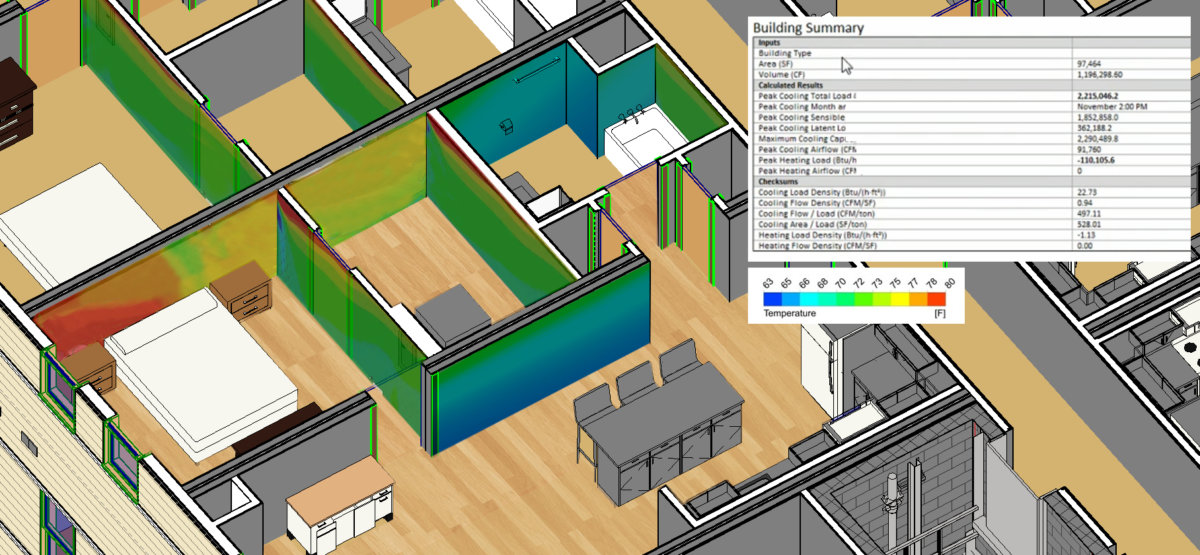Although it may not feel like it, summer is just around the corner and so are those warm days and high humidity levels. Last summer, the Northeast region experienced record-breaking humidity levels due to warmer ocean temperatures on the coast causing unusually high nighttime temperatures. HVAC systems in our region are typically not designed to keep up with such variable humidity conditions. The extremes of last summer challenged systems due to strenuous cooling loads which were well outside standard design parameters.
Although we cannot predict the weather, what we do know for sure is the Northeast climate will remain fickle and we will very likely see the return of these humidity extremes. Here are a few preparative actions you can take to keep your operating costs low while temperature and humidity rise this summer.
Design of New HVAC Systems
Although it would be inefficient to design HVAC systems for these extreme conditions (and would produce a new set of issues), systems can be designed to be flexible and adaptable for extreme weather conditions like we had last summer.
For new design, there are a few options to consider. Utilizing either Energy Recovery Units (ERU) or Energy Recovery Ventilation (ERV) with a cooling and dehumidification sequence when designing will improve indoor air quality and reduce the strain on the HVAC equipment. Similarly, designing a dedicated outdoor air system (DOAS) will condition 100% of outdoor air before introducing it to internal environments.
Existing HVAC Systems

For existing systems, you may be able to reprogram rooftop units to operate in dehumidifier mode. If you don’t have a building management system that you can manipulate to act as a dehumidifier, you may be able to limit additional stages of cooling on your system to extend the first stage. This enables systems to run longer overall, resulting in more time to extract humidity from the air.
Additional HVAC Maintenance Tips
- Perform biannual preventative maintenance
- Ensure air filters are clean and change out if needed
- Ensure cooling coils are clean on AC equipment
- Check the condition and tension of fan belts
While the current temperature outside may not have you reaching for your AC just yet, now is the time to be evaluating your HVAC system design and preparing for the upcoming cooling season.

Manager of MEP Services
Have questions or need troubleshooting assistance? Reach out to our Manager of MEP Services, Charlie Romano, at cromano@windover.com
